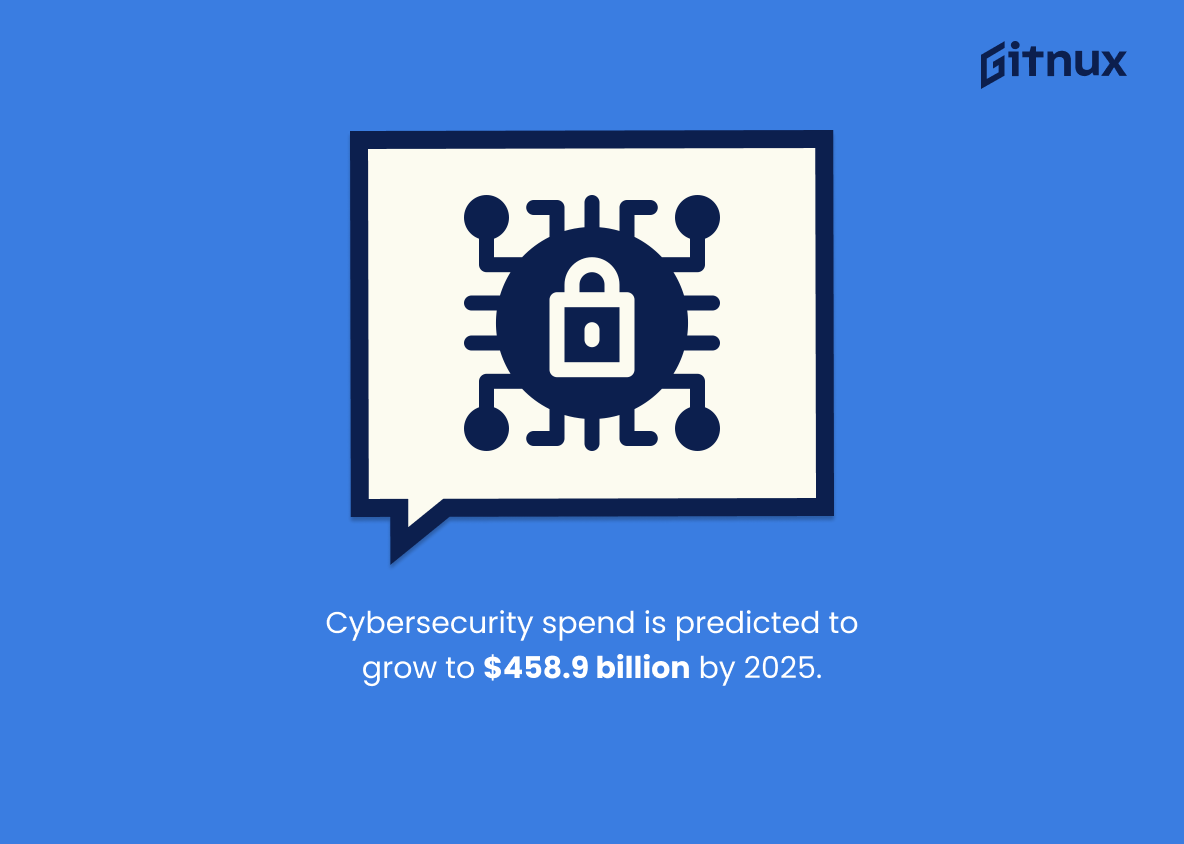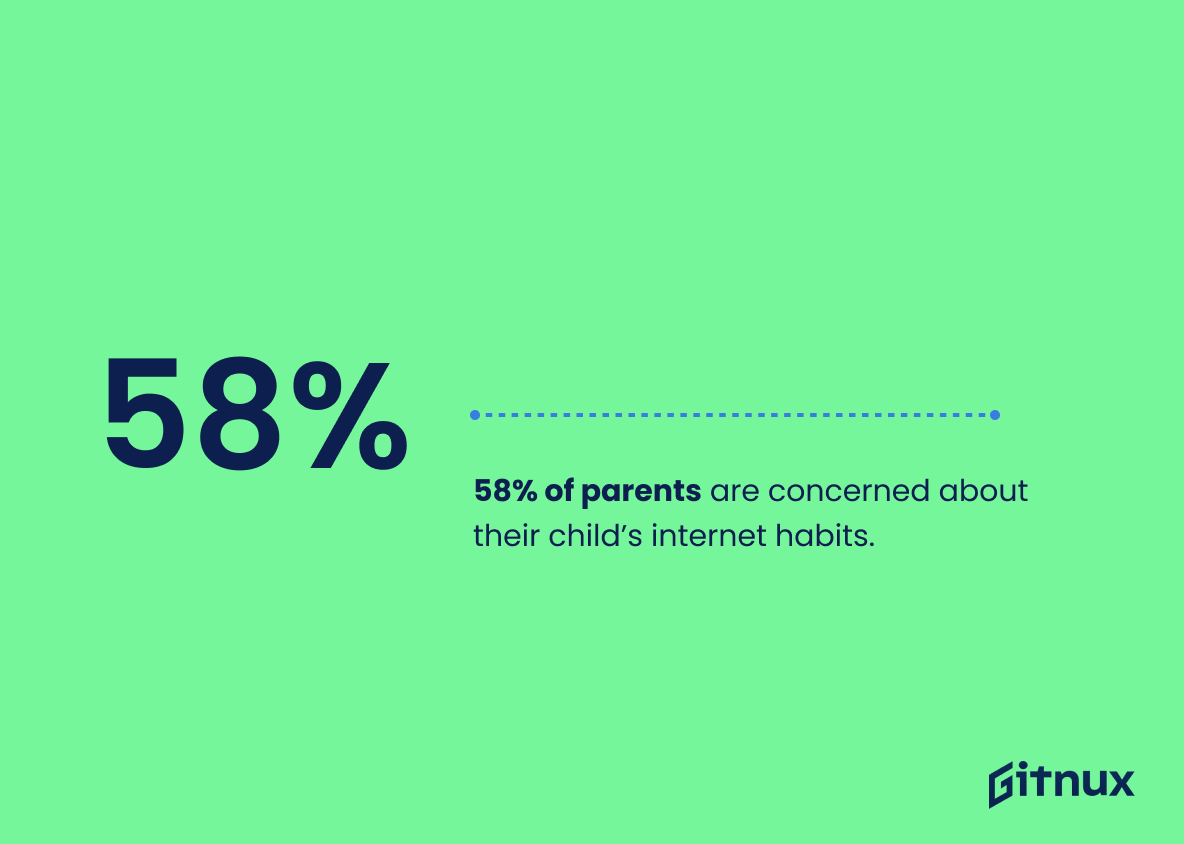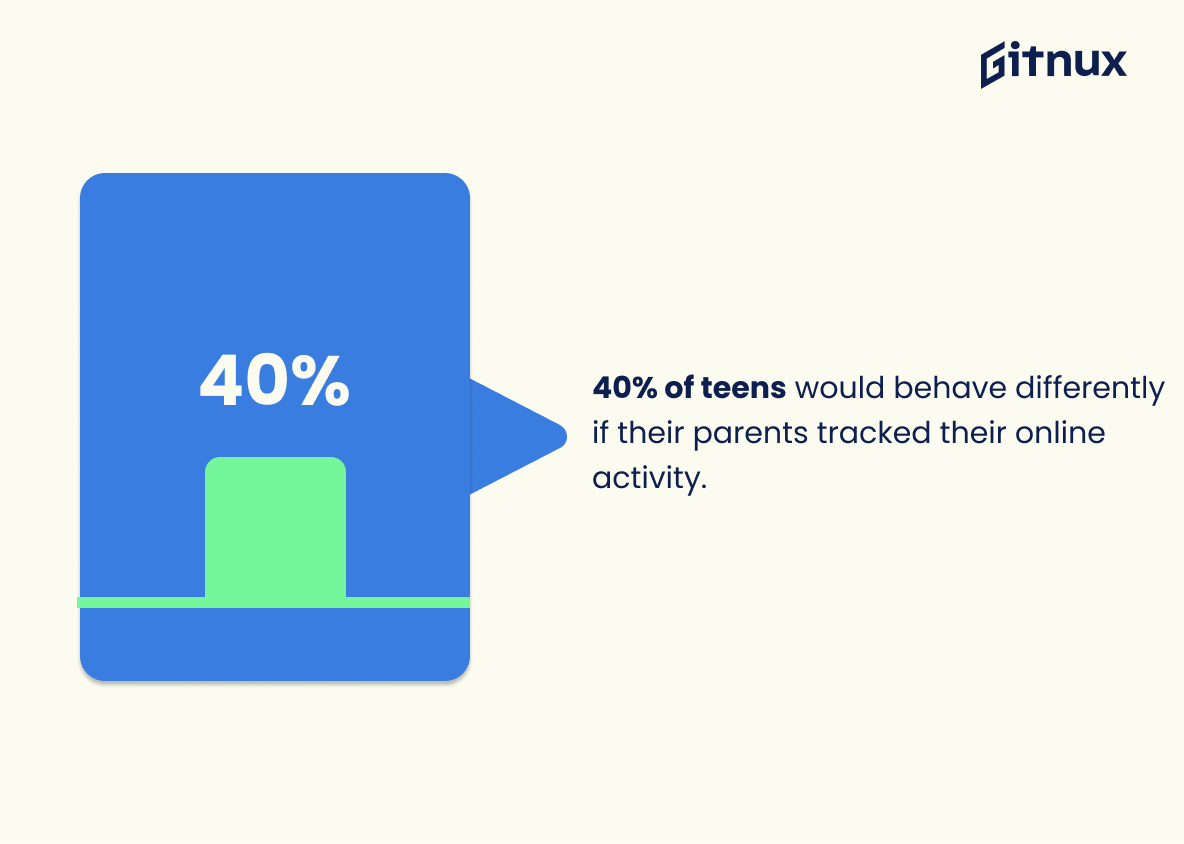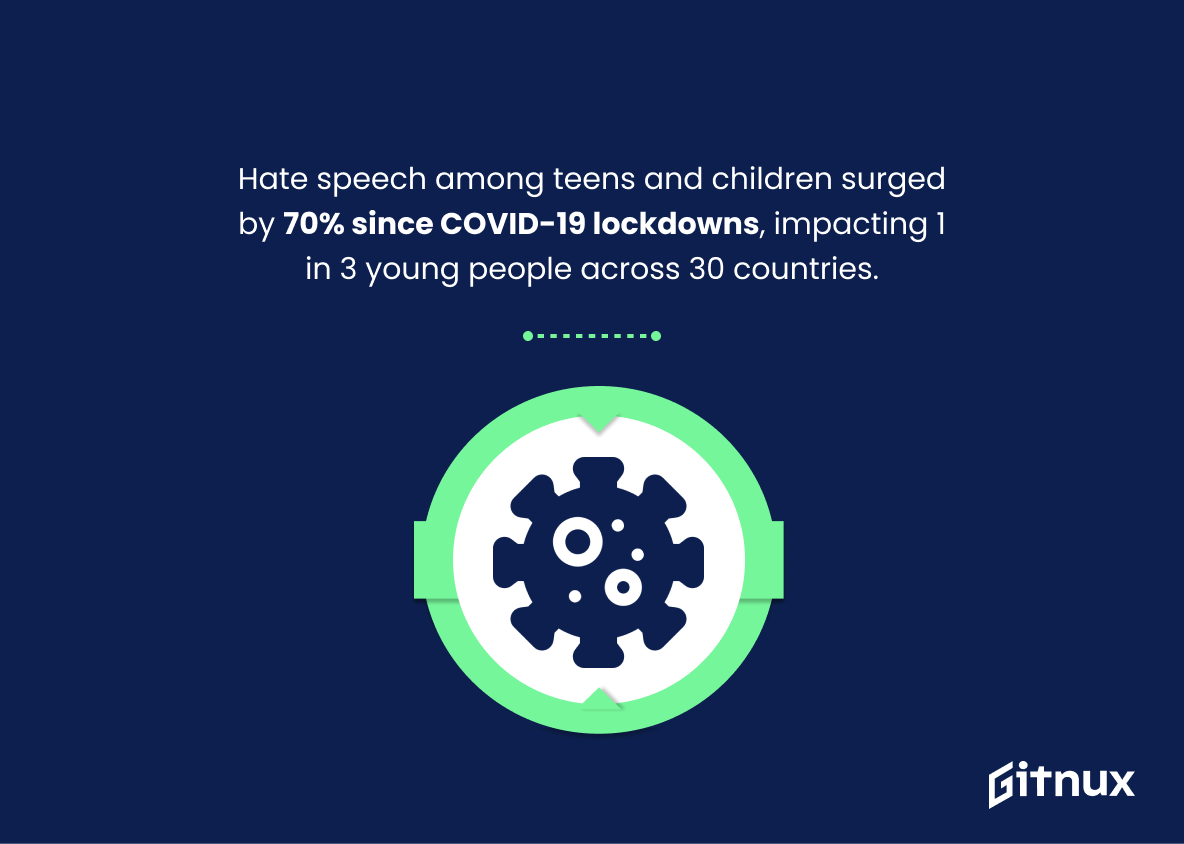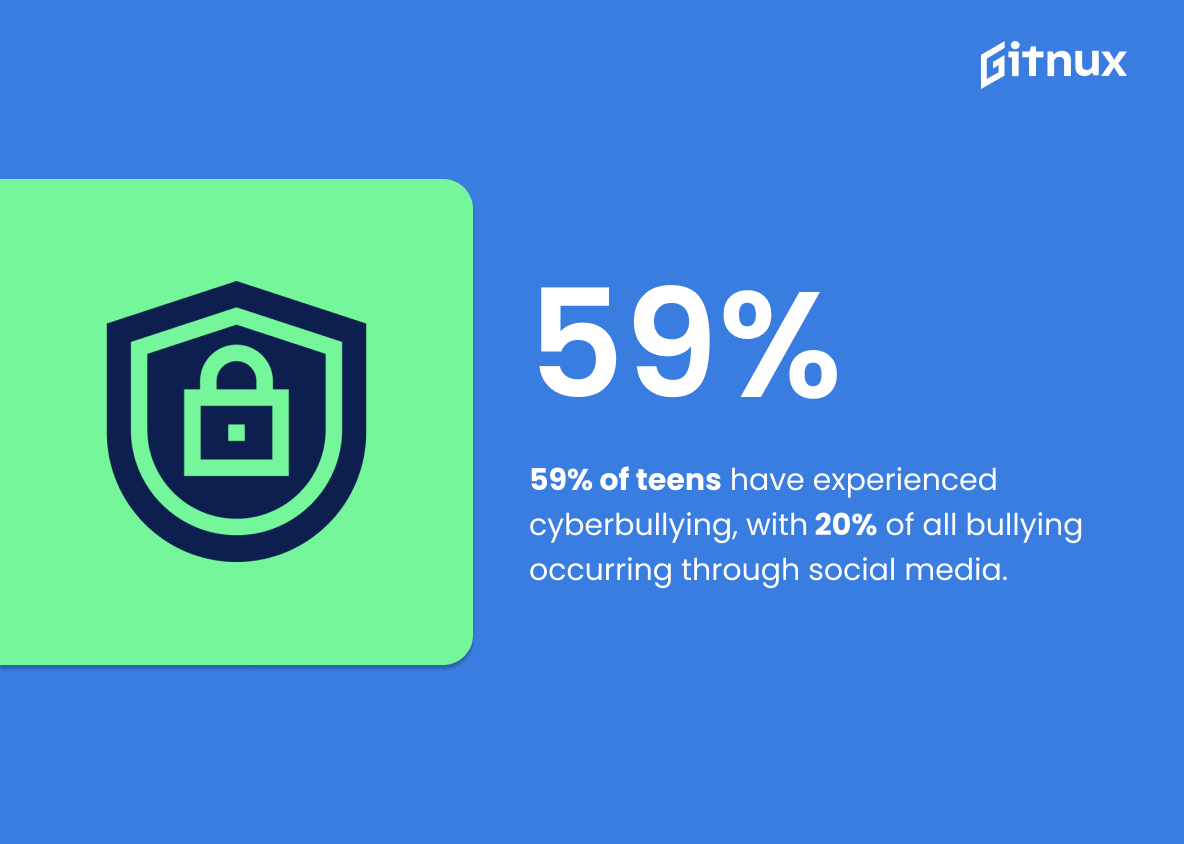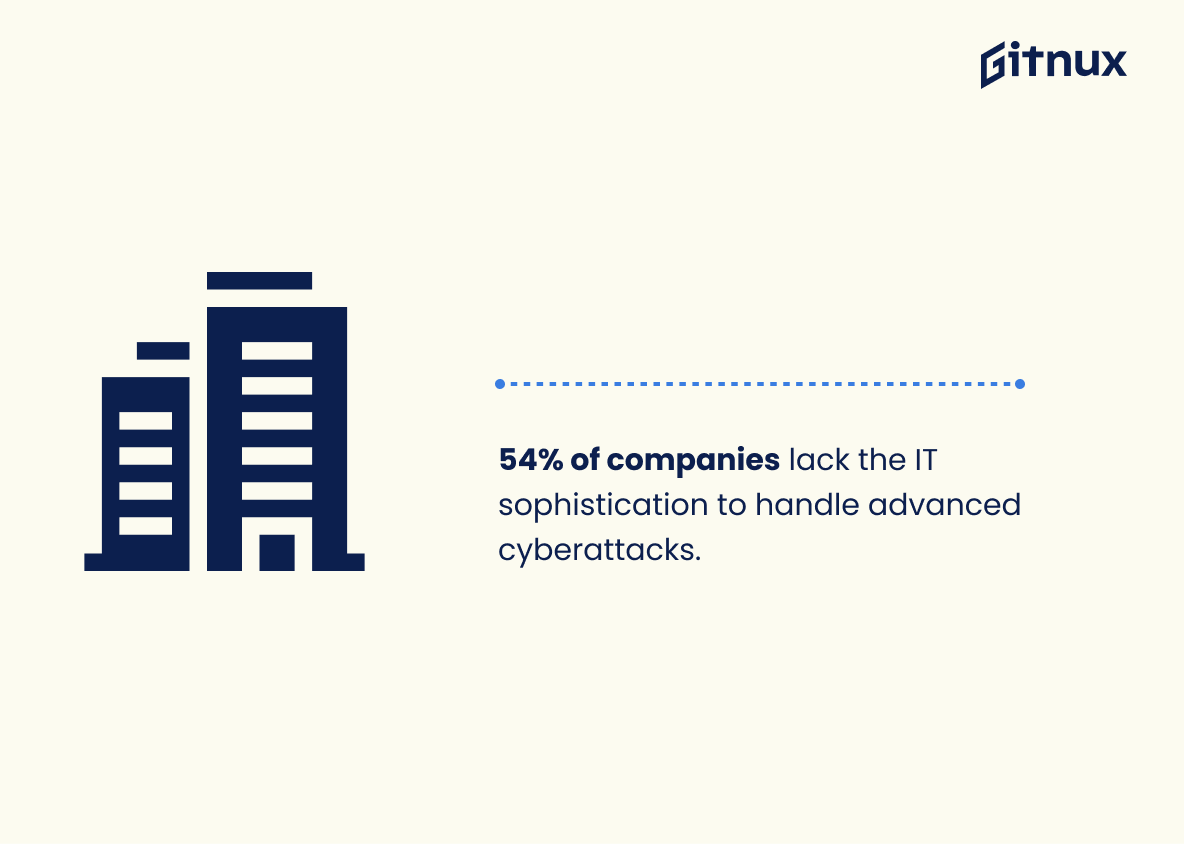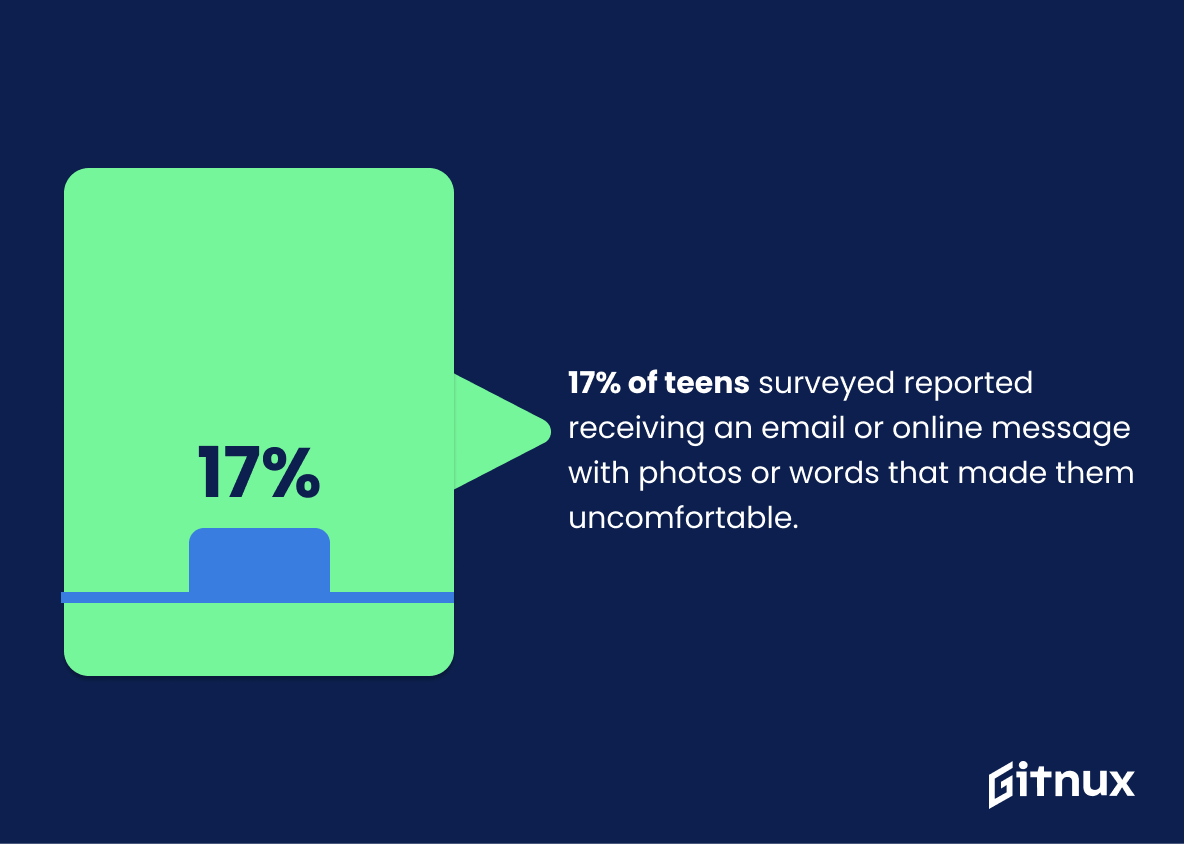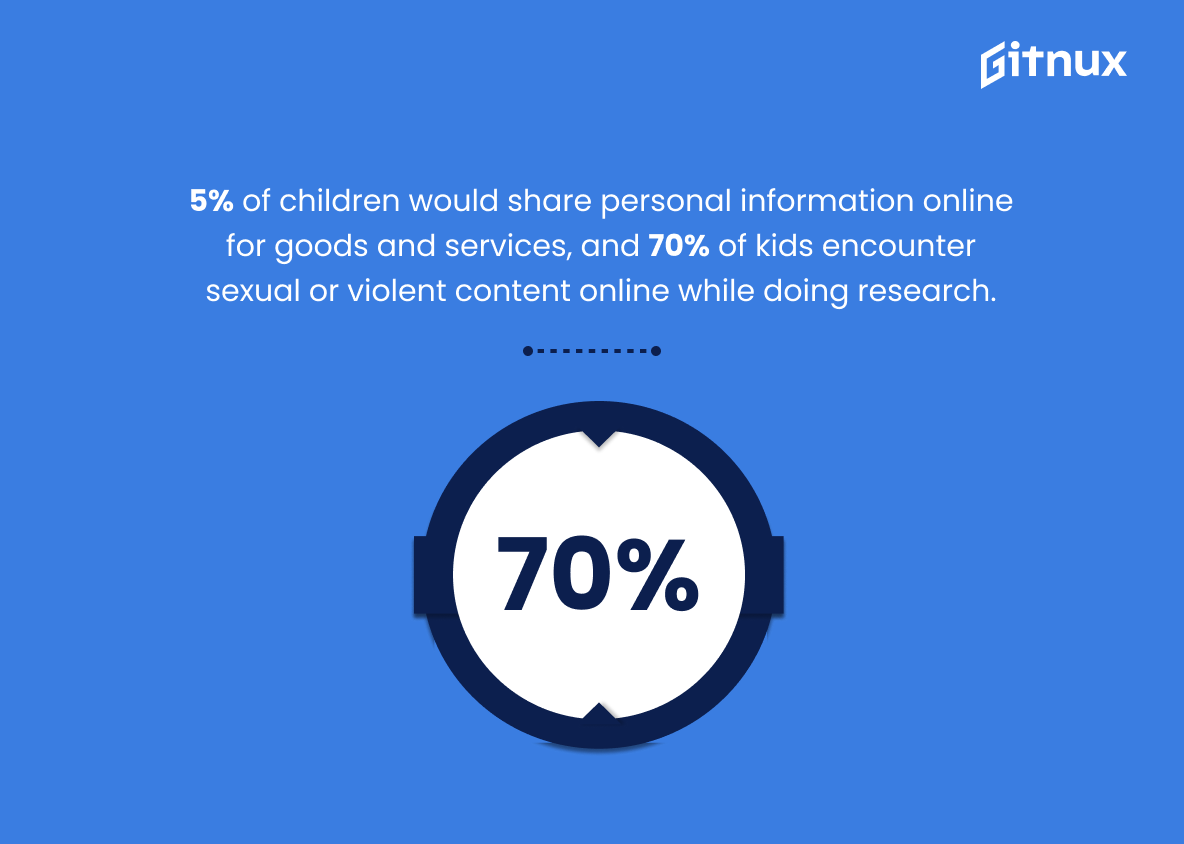As the internet continues to be an integral part of our lives, it is important to stay informed about the risks associated with it. This blog post will explore the latest internet safety statistics, and how they can help us better protect ourselves and our families online.
We will look at the prevalence of cyberbullying, online predators, and other online threats, as well as the steps we can take to protect ourselves. By understanding the risks associated with the internet, we can make informed decisions about our online activities and ensure our safety.
Internet Safety: The Most Important Statistics
70% increase in bullying/hate speech among teens and children since Covid-19 lockdown began, with 1 in 3 young people in 30 countries being victims of online bullying.
59% of teens have experienced cyberbullying, with 20% of all bullying occurring through social media.
Internet Safety: Statistics Overview
Small businesses spend significantly less on cybersecurity than larger companies like JPMorgan Chase and Microsoft, which invest $600 million and $1 billion annually respectively.
This matters because small businesses are often the most vulnerable to cyber-attacks, and may not have the resources to protect themselves adequately.
Cybersecurity spend is predicted to grow to $458.9 billion by 2025.
It demonstrates that organizations are taking the necessary steps to protect their digital investments, which is essential for keeping users safe online. This increased investment in cybersecurity will help to reduce the risk of cyber-attacks and other malicious activities, which will help to improve overall Internet safety.
Internet Safety Statistics For Parents
58% of parents are concerned about their child’s internet habits.
This statistic is important as it highlights the need for increased awareness and education around internet safety. It displays that parents are recognizing the potential risks that their children may face online, and that they are taking steps to ensure their safety. This statistic also serves as a reminder that parents need to stay informed and engaged in their child’s online activities in order to protect them from potential harm.
40% of teens would behave differently if their parents tracked their online activity.
The statistic highlights the importance of parental involvement in monitoring their children’s online activity in order to ensure their safety. In this way, it also emphasizes the need for parents to be aware of the potential risks associated with their children’s online activities and to take steps to protect them.
Internet Safety Statistics About Cyberbullying
70% increase in bullying/hate speech among teens and children since Covid-19 lockdown began, with 1 in 3 young people in 30 countries being victims of online bullying.
This statistic is important as it highlights the need for increased Internet safety measures, especially during the Covid-19 lockdown. It also shows the prevalence of online bullying and the need for more education and awareness around the issue.
59% of teens have experienced cyberbullying, with 20% of all bullying occurring through social media.
The relevance of the statistic is illustrated by the prevalence of cyberbullying and the need for increased awareness and education on internet safety. It also emphasizes the need for parents and educators to be aware of the potential for cyberbullying and to take steps to protect young people from it.
Internet Safety Statistics About Attacks
43% of cyberattacks target small businesses, but only 14% are prepared to defend themselves.
This statistic matters because it highlights the vulnerability of small businesses to cyberattacks and the need for them to invest in cybersecurity measures to protect their data and systems. It also serves as a reminder that cybersecurity is not just an issue for large companies, but for all businesses regardless of size.
54% of companies lack the IT sophistication to handle advanced cyberattacks.
This statistic is important as it displays the need for companies to invest in their IT departments in order to protect against cyberattacks. Without the necessary sophistication, companies are at a higher risk of falling victim to cyberattacks, which can have serious financial and reputational consequences.
Internet Safety Statistics For Kids And Teens
17% of teens surveyed reported receiving an email or online message with photos or words that made them uncomfortable.
This statistic is significant because it highlights the need for education around internet safety and the prevalence of online harassment. It also serves as a reminder that parents and guardians should be aware of their children’s online activities and take steps to ensure their safety.
5% of children would share personal information online for goods and services, and 70% of kids encounter sexual or violent content online while doing research.
The numbers demonstrate the risks that children face when using the Internet. It shows that children are vulnerable to exploitation, as they are willing to share personal information in exchange for goods and services, and that they are exposed to inappropriate content while doing research online. In this way, the need for parents and educators to be aware of the risks and to ensure that children are educated about Internet safety can be seen.
Conclusion
In conclusion, the statistics on internet safety are alarming. It is clear that more needs to be done to ensure that everyone is safe online. Education and awareness are key to helping people understand the risks associated with using the internet and how to protect themselves.
It is also important to ensure that laws and regulations are in place to protect users from malicious activities. By taking the necessary steps to protect ourselves, we can ensure that the internet remains a safe and secure place for everyone.
References
Dataprot: “Better Safe Than Sorry: Cyber Security Statistics and Trends for 2022”, cited February 2023 (source)
Cybersecurityventures: “Global Cybersecurity Spending To Exceed $1.75 Trillion From 2021-2025”, cited February 2023 (source)
Safewise: “Online Safety for Kids in 2022: Parenting Tips for Tech”, cited February 2023 (source)
Screenandreveal: “Internet Safety Statistics”, cited February 2023 (source)
Enough: “Cyberbullying Statistics”, cited February 2023 (source)
Comparitech: “Cyberbullying facts and statistics for 2018 – 2022”, cited February 2023 (source)
Embroker: “2022 Must-Know Cyber Attack Statistics and Trends”, cited February 2023 (source)
Varonis: “166 Cybersecurity Statistics and Trends [updated 2022]”, cited February 2023 (source)
Guardchild: “Internet statistics”, cited February 2023 (source)
Safeatlast: “Kids Online Safety – Internet Safety for Kids”, cited February 2023 (source)
ZipDo, cited June 2023: Internet Safety Statistics

